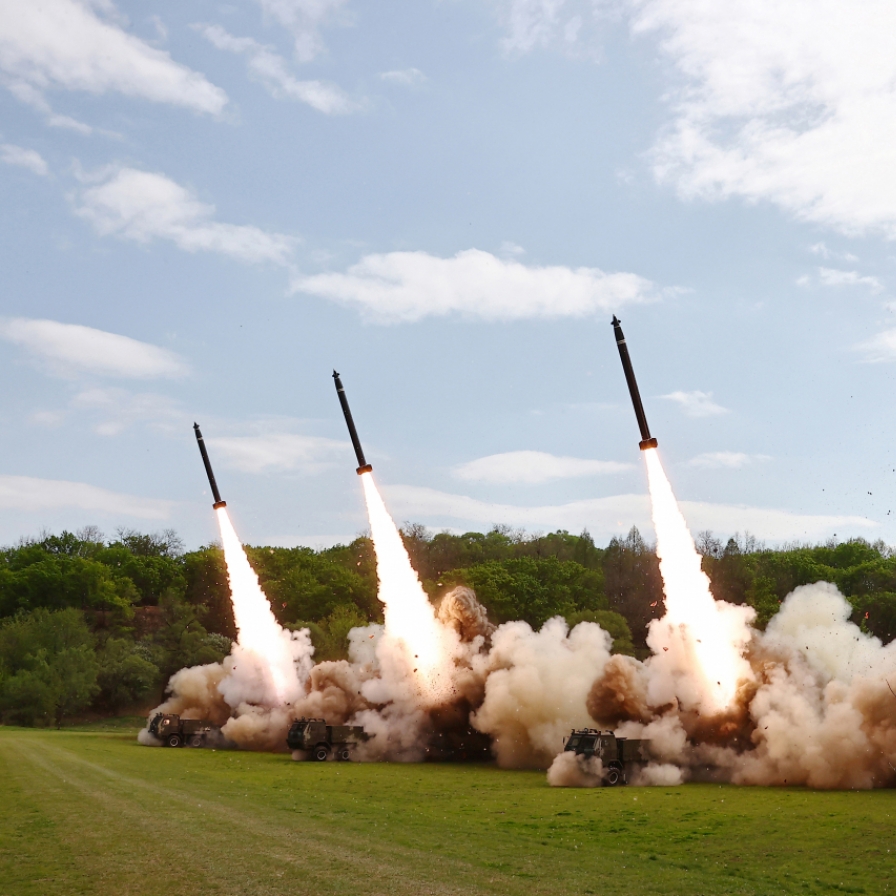China’s strategic imprint, whether direct or indirect, has been increasingly tied to the security and stability of the Korean Peninsula. With China’s ongoing military transformation and its growing capabilities, however, Beijing will have increasingly greater leverage and options to shape the direction and outcomes of potential crisis scenarios on the Korean Peninsula, on China’s terms.
For over a decade, China’s geopolitical and economic rise has given its diplomacy more leverage in managing tensions on the Korean Peninsula. Since 2003, Beijing has been more proactive in mitigating crises by providing a critical economic lifeline ― energy and food aid ― to North Korea. At the same time, however, Beijing has aimed to avert a North Korean collapse to prevent a Korean reunification, which would likely undermine China’s regional geopolitical influence by removing the traditional strategic buffer provided by North Korea.
The key concern for the U.S.-ROK Alliance, however, is the prevailing uncertainty in ascertaining Chinese strategic intentions, actions and responses in potential crises centered on the Korean Peninsula.
From the U.S.-ROK perspective, China’s North Korea policy is riddled with strategic ambiguity and divergence, particularly in the question of possible Korean reunification paths.
The range of potential conflict scenarios on the Korean Peninsula has widened with traditional conventional threats amplified by a mix of low intensity, asymmetric and non-linear threats or contingencies.
With regard to North Korea, China’s strategy in these contingencies would likely aim at: (1) protecting China’s military-strategic environment; (2) maintaining security and stability along the Sino-North Korean border; (3) sustaining economic development and political stability in three Chinese provinces bordering North Korea; and (4) ensuring that U.S. forces deployed in Korea remain below the 38th parallel.
For example, in a conventional scenario, China’s key strategic objective would focus on limiting the scope and intensity of the conflict by delineating clear air, sea and land buffer zones (conflict limit lines) beyond which U.S.-ROK forces would not operate. In doing so, Beijing would attempt to preclude the U.S.-ROK naval-and-air assets from entering strategically vital areas along China’s periphery, so-called “near-seas” ― the Yellow Sea and East China Sea. Consequently, the U.S. would need to construct alternative points of entry for reinforcements, which could potentially delay initial and follow-on responses.
On the other end of the conflict spectrum, where the political and socio-economic conditions in North Korea deteriorate further and Kim Jong-un’s military-state apparatus is on the edge of collapse, China’s intervention is a likely possibility. Under this scenario, Beijing may attempt to restore stability and security in contiguous border areas in order to prevent massive refugee flows by providing emergency food, medical and energy supplies, while strengthening controls in and around vital border crossings with North Korea.
In the event of North Korea’s impending collapse, China may deploy selected PLA units into North Korea, with or without a formal request by Pyongyang or international authorization by the UN, if the situation deteriorates rapidly. China may thus attempt to deter both the U.S. and South Korea from any direct involvement in the North, and signal the U.S. not to deploy its troops above the 38th parallel.
According to PLA experts, China does have contingency plans in place for the PLA to conduct three types of missions in North Korea: humanitarian missions ― assisting refugees or providing help after a natural disaster; peacekeeping or “order keeping” ― internal control missions such as serving as civil police; and “environmental control” missions to minimize nuclear contamination from a potential strike on North Korean nuclear facilities, or securing nuclear weapons and fissile materials in the aftermath of North Korea’s collapse.
Meanwhile, in a range of low-intensity conflict scenarios, where North Korea may conduct limited but diversified military operations to achieve various political and strategic aims against specific South Korean targets, China is unlikely to support any unilateral punitive responses by the U.S.-ROK alliance vis--vis North Korea.
China’s rise arguably presents a range of new strategic complexities and operational dilemmas for South Korea as well as the U.S.-ROK alliance. Accordingly, U.S.-ROK defense planners will increasingly tabulate China and its emerging military capabilities into their respective defense and security planning dynamics.
With the recently announced U.S. “rebalancing” strategy in the Asia-Pacific, the question is to what degree will both China and the U.S. adopt “stealth benchmarking” strategies in order to deny, limit or even interfere with each other’s strategic presence in the region. This would imply adopting a portfolio of “capability domains” or competencies that may mitigate or offset a potential adversary’s military capabilities and freedom of action.
In order to mitigate security uncertainties, tensions, and risks, however, it is imperative to enhance military diplomacy and dialogue between China, U.S., North and South Korea that would provide a mechanism for defusing potential crises. For a start, this would entail the need to better understand the modalities and country-specific responses to various contingencies and crisis scenarios in and around the Korean Peninsula.
By Michael Raska
Michael Raska is Associate Research Fellow with the Military Transformations Programme at the S. Rajaratnam School of International Studies (RSIS), Nanyang Technological University. ― Ed.

![[AtoZ into Korean mind] Humor in Korea: Navigating the line between what's funny and not](http://res.heraldm.com/phpwas/restmb_idxmake.php?idx=645&simg=/content/image/2024/04/22/20240422050642_0.jpg&u=)



![[Herald Interview] Why Toss invited hackers to penetrate its system](http://res.heraldm.com/phpwas/restmb_idxmake.php?idx=645&simg=/content/image/2024/04/22/20240422050569_0.jpg&u=20240422150649)
